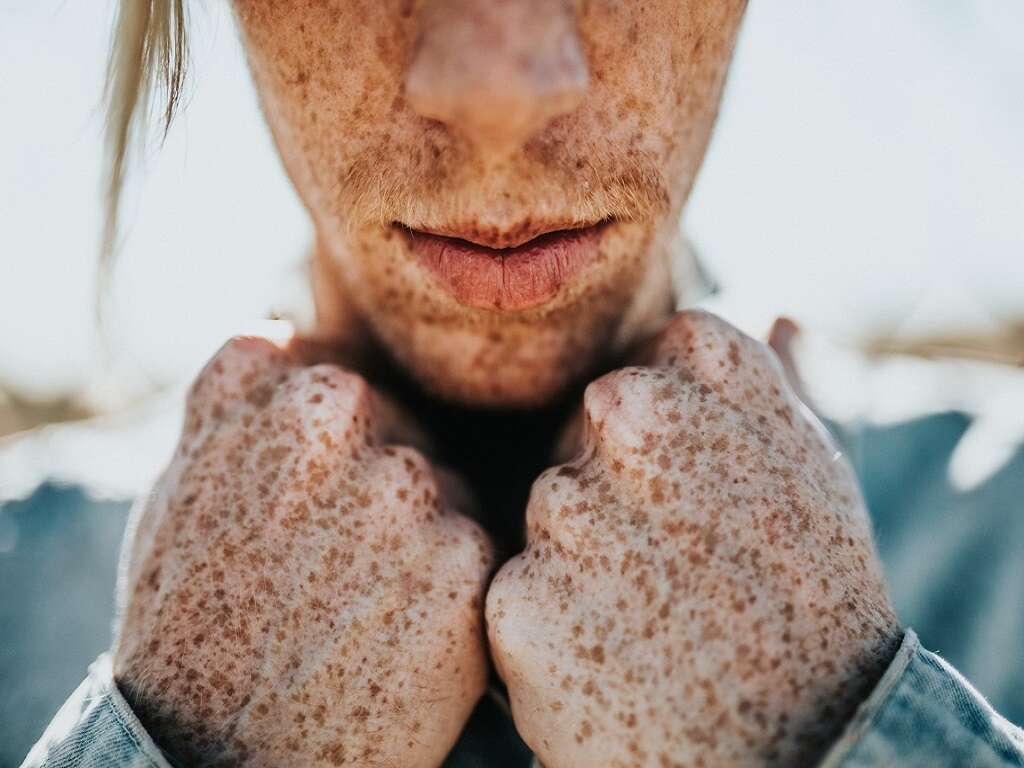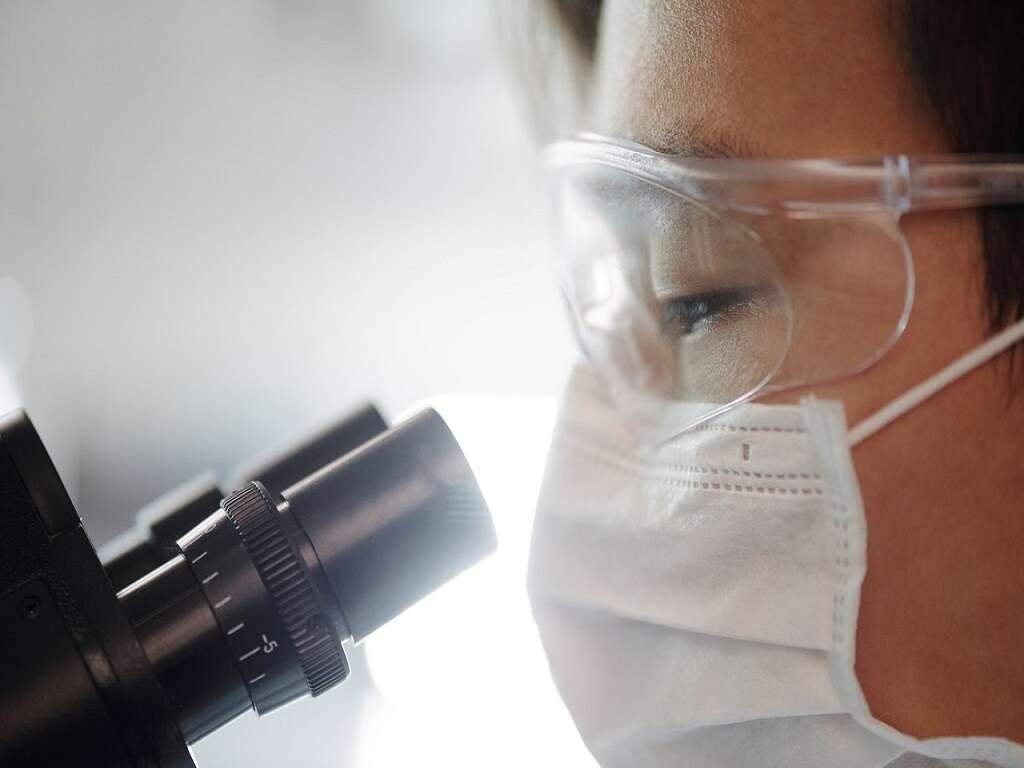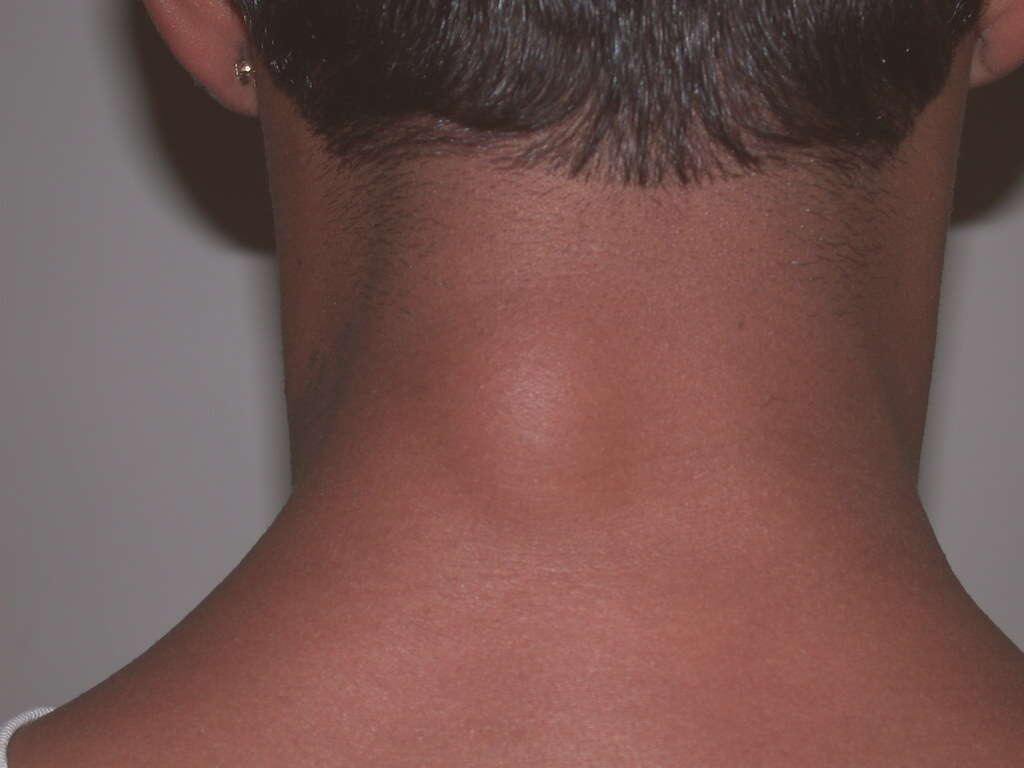Sebaceous Cyst Causes, Treatments & More
 Article Sources
Article Sources
- 1. Publishing, Harvard Health. 'Sebaceous Cysts.' Harvard Health, Dec. 2018, www.health.harvard.edu/a to z/sebaceous-cysts-a-to-z.
- 2. The Editors of Encyclopaedia Britannica, et al. 'Sebaceous Gland.' Encyclopædia Britannica, Encyclopædia Britannica, Inc., 20 July 1998, www.britannica.com/science/sebaceous-gland.
- 3. 'Sebaceous Cysts: Treatment & Cause.' Sebaceous Cysts, Cleveland Clinic, https://my.clevelandclinic.org/health/diseases/14165-sebaceous-cysts.
- 4. 'Anesthesia' NHS Choices, NHS, 14 June 2018, www.nhs.uk/conditions/anaesthesia/#:~:text=local
- 5. 'Nonmelanoma Skin Cancer.' _Mayo Clinic_, Mayo Foundation for Medical Education and Research, 28 Jan. 2020, www.mayoclinic.org/diseases-conditions/sebaceous-carcinoma/cdc-20352957.
9. Facts About Sebaceous Cysts
Sebaceous cysts can form at any age, and they are not contagious. A sebaceous cyst can resolve on its own but, left untreated, could become permanent. These cysts found under the skin are rarely cancerous but, if they become troublesome, a doctor needs to examine the cyst and determine if treatment is necessary.
Sebaceous glands usually occur with hair follicles, making these cysts more common on the scalp, where the most hair is located. Sebaceous cysts that occur in people with acne can be prevented by keeping acne under control.
Advertisement











